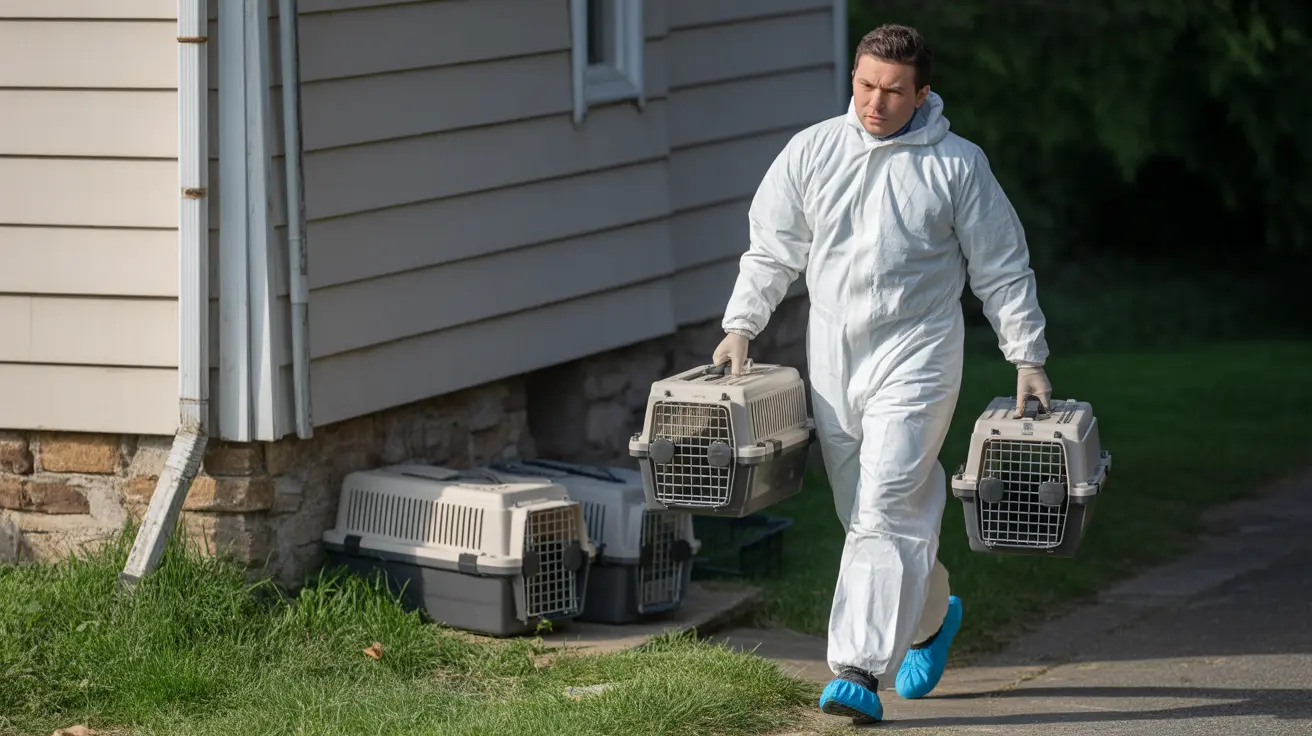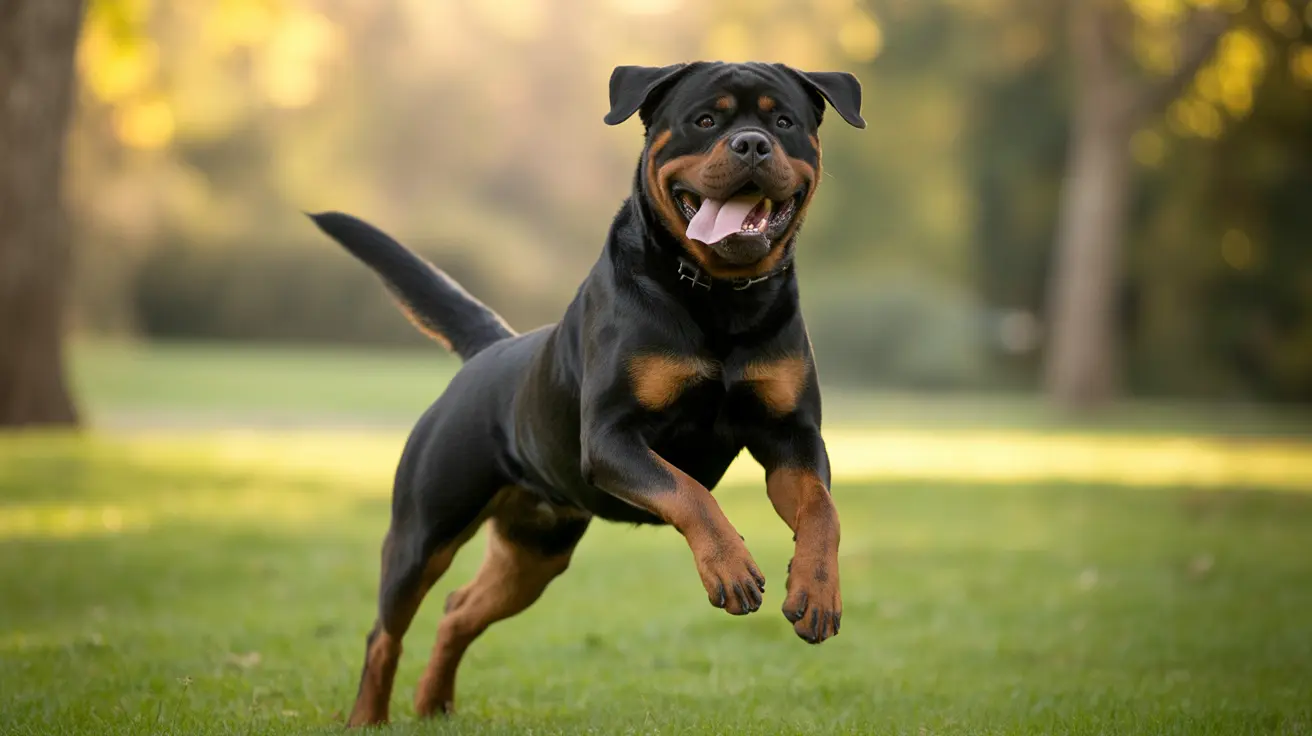Helping Your Dog Overcome Separation Anxiety: A Practical Guide
Understanding Separation Anxiety in Dogs
Separation anxiety is more than just a dog missing their human—it's a condition where your furry friend experiences significant distress when left alone. You might notice urination, defecation, barking, howling, chewing, digging, pacing, or even escape attempts. Sometimes the signs are subtler: drooling, sweaty paws, trembling, house soiling, or destructive behavior around doors and windows. These aren't acts of spite; they're cries for help from an anxious pup.
Not every dog shows their anxiety in obvious ways. Some may act depressed or restless before you leave; others explode with excitement when you return. To truly understand what your dog goes through alone, consider using video monitoring—hidden stress like whining or trembling often goes unnoticed otherwise.
Why Does Separation Anxiety Happen?
Several factors can trigger this condition:
- Change of guardian or family
- Altered schedules
- Moving homes
- Loss of a household member
Shelter dogs and those who’ve faced abrupt life changes are especially vulnerable. Before jumping into training, rule out medical issues like urinary tract infections or medication side effects—they can cause accidents unrelated to anxiety.
The Gradual Desensitization Process
The gold standard for treating separation anxiety is gradual desensitization. This means you’ll teach your dog that being alone isn’t scary by exposing them to separations so brief they don’t trigger distress—then slowly increasing the time apart.
- Find Your Dog’s Baseline: Use a camera to see how long your dog stays calm when alone. That’s your starting point.
- Create a Training Plan: Schedule several short absences daily—always ending before your dog gets anxious. Start below their threshold and build up as they succeed.
- Minimize Departure Cues: Dogs often react to signals like picking up keys or putting on shoes. Practice these cues without leaving to reduce their impact.
- Practice Short Departures: Step outside for just a few seconds at first. Mix up the routine so your dog doesn’t anticipate longer absences. Warm up with shorter repetitions before the longest one; cool down after.
- Watch Closely and Adjust: If you spot any sign of anxiety—pawing, vocalizing, staring at the door—return immediately and shorten the next session.
- Pace Yourself: Increase absence time gradually—even by just seconds if needed. Progress depends on your dog's comfort level.
The Importance of Consistency and Management
Your commitment matters here: never leave your dog alone longer than their current training allows. This might mean arranging for sitters or daycare during the process to prevent setbacks.
Keep greetings and goodbyes calm and low-key. Emotional departures or excited reunions only feed into your dog's anxiety cycle.
Mental and Physical Stimulation
Boredom can worsen anxiety—or even mimic it! Make sure your dog gets plenty of exercise (walks are great), playtime, interactive toys, or puzzle feeders. For dogs with mild symptoms, offering a high-value food toy during short absences can help—but some severely anxious dogs won’t eat at all when left alone (and may even start associating the toy with you leaving).
A Safe Space: Crate Training and Alternatives
A crate can be comforting for some dogs but terrifying for others. Watch how yours reacts: if confinement increases distress, try using a safe room or baby gate instead.
Puppies Need Prevention Too
If you’re raising a puppy, focus on independent playtime, crate training basics, routines, and frequent short separations from day one. Don’t let your own worries rub off on them!
When to Seek Professional Help
If progress stalls or anxiety is severe (think self-harm or quality-of-life issues), reach out to a certified separation anxiety trainer or veterinary behaviorist. They can tailor a plan—and may suggest medications like fluoxetine or trazodone if needed—to help lower anxiety enough for training to work.
Avoid Punishment—Reward Calm Instead
Punishing anxious behaviors won’t solve anything; it often makes things worse. Focus instead on positive reinforcement: reward calmness and avoid negative associations with coming and going.
The Road to Recovery: Patience Pays Off
This journey takes time—sometimes progress happens in tiny increments. Setbacks are normal if you move too fast for your dog's comfort zone. With patience and structure (and sometimes professional support), most dogs learn that being alone isn’t so bad after all.





